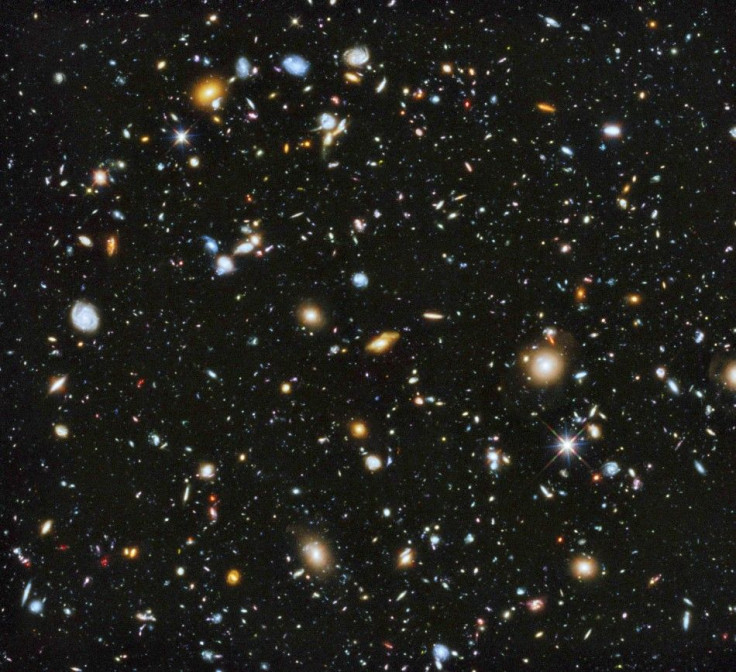Construction of a Huge Telescope for Alien Hunt

Astronomers are pushing themselves to construct a huge telescope in space rather than launching a single rocket. They came up with this idea as the Hubble Space Telescope and Kepler aren't going to be of much use now as they are old and crippled.
A space telescope with the largest man-made mirror, 52 metres in diameter, is what the Advanced Technologies Large Aperture Space Telescope (ATLAST) is about. NASA, Space Telescope Science Institute and a few others have been involved in developing ATLAST for a couple of years now. The next-generation James Webb Space Telescope, set to be launched in 2018, is affecting the progress of ATLAST which has taken a backseat due to this project. It is being speculated that this project would be taken up in 2030, as soon as the James Webb Space Telescope is ready.
Martin Barstow from the University of Leicester and president of the Royal Astronomical Society, said, "At long last, it's time to get moving on ATLAST. The time is right for scientific and space agencies around the world, including those in the UK, to take a bold step forward and to commit to this project." For the first time, he will not reveal the details of ATLAST as the concept itself has been in existence in different forms now. Such a project is not included in the space agency's budget estimate, the latest one that was released in March, and it is the reason that he isn't announcing NASA's plan to take up the construction of the project.
A statement about ATLAST's "life-finding" capabilities goes like this: "It would be capable of analysing the light from planets the size of the Earth in orbit around other nearby stars, searching for features in their spectra such as molecular oxygen, ozone, water and methane that could suggest the presence of life. It might also be able to see how the surface of planets change with the seasons."
Barstow told Sunday Times: "This telescope could see Earth-like planets around stars up to 30 light years away. There are tens of thousands of stars within that distance and we estimate that at least a few thousand of those will be similar to the sun."
For more information, visit Forbes and Times of India Web sites.




















